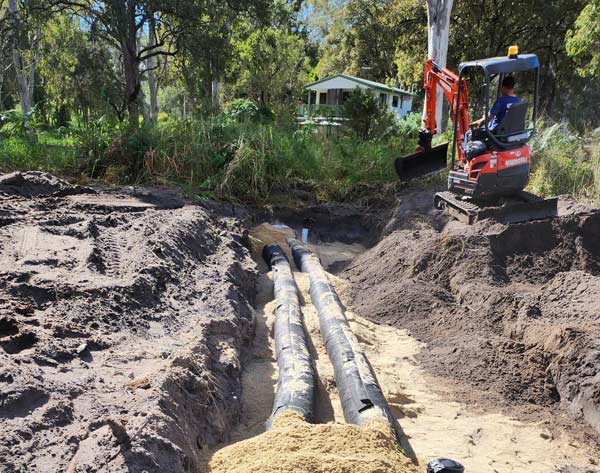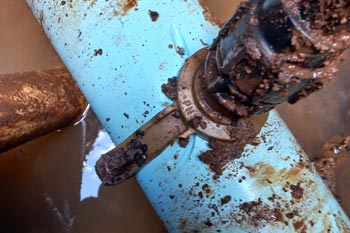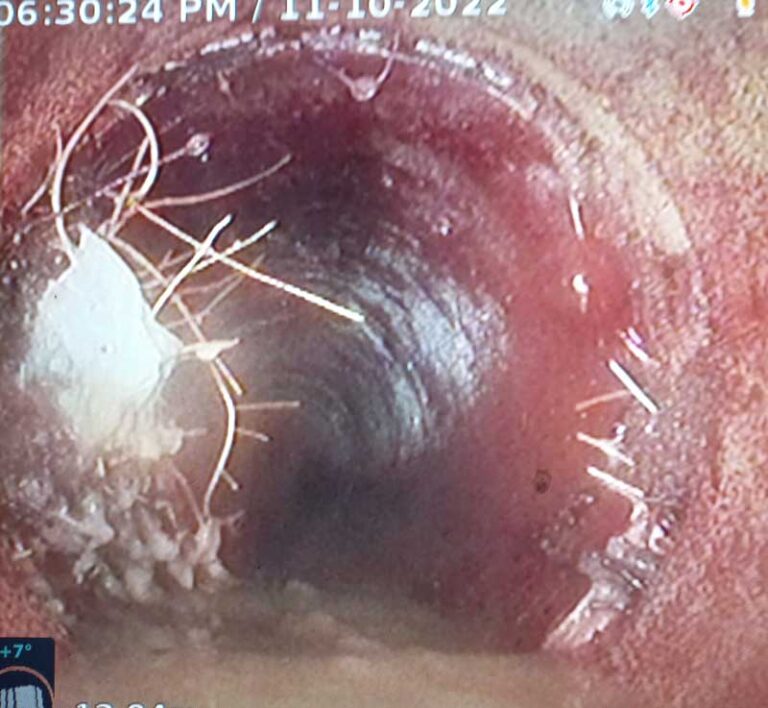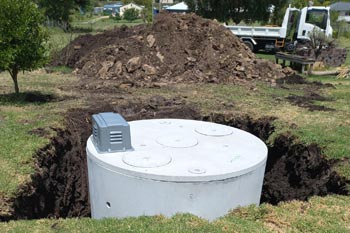Pipes – Drains – Sewer
Pipes, Drains & Sewer - Install, Maintenance or Repairs
Our pipes, drains and sewer plumbing services encompass the repair or complete installation of pipes, tanks and sewage.
We can fix leaks in your plumbing system including taps, shower heads and pipes.
We can clear your blocked drains from dirt and tree roots.
We use cameras for pipe inspection to look for any signs of water leaks or blockage.

Pipes
Plumbing pipes are an essential component of a plumbing system, carrying water to fixtures and draining waste to the sewage system.
Common types of plumbing pipes we work with include –
PVC (polyvinyl chloride) pipes are versatile, lightweight, and resistant to blockages. They are commonly used for both water supply lines and drain waste vent (DWV) systems.
PEX (cross-linked polyethylene) pipes are durable plastic pipes used for water supply lines. They are flexible and easy to install, making them popular in residential plumbing.
Copper pipes have been a traditional choice for plumbing due to their durability and resistance to corrosion. They are commonly used for water supply lines and can be soldered or connected with compression fittings.
Galvanised pipes, made of steel coated with zinc, were commonly used in older homes. However, they are prone to rust and corrosion over time and have been replaced by other materials.
Cast iron pipes are strong, durable, and heat-resistant. They were commonly used in water distribution systems and can reduce the sound of moving water. However, they are rarely installed in new construction homes.
ABS (acrylonitrile butadiene styrene) pipes are a type of plastic pipe commonly used for drain waste vent (DWV) systems. They are lightweight and resistant to chemicals.
HDPE (high-density polyethylene) pipes are durable and resistant to corrosion. They are commonly used for various plumbing applications and are known for their durability.
Black iron pipes, made of iron and coated with a protective layer, are commonly used for gas lines and oil supply lines. They are not typically used for water supply lines.
Flexi pipes, made of stainless steel, are flexible and commonly used for connecting appliances such as water heaters, toilets, and sinks. They are not typically used inside walls or floors.

Our excavator makes short work for creating new plumbing systems.
Drains
It’s important to note that plumbing drainage systems are usually made of plastic or metal pipes.
Drains work in conjunction with other components such as vent pipes to ensure proper drainage and prevent issues like backups and sewer gas leaks.
Main Drain Pipe: All wastewater from a house is carried to the municipal sewer line or septic field through a main drain pipe. This pipe typically runs horizontally, with a slight downward slope, under the lowest floor of the home.
Fixture Drain: The fixture drain is the upper, visible section of a tub, shower, or sink drain. It is the starting point of the drainage pathway or the Drain-Waste-Vent (DWV) system.
Channel Drains: Channel drains, also known as trench drains, are long, narrow drains that collect water and direct it to a drain pipe. They are commonly used in outdoor areas such as driveways, patios, and pool decks.
Sewer
Septic tanks and sewer lines are two different methods of removing wastewater from homes and buildings.
The main difference between a septic tank and a sewer line is that a septic tank treats wastewater on site, while a sewer line carries wastewater to a treatment plant.
Septic systems are privately owned and require regular maintenance, while sewer lines are publicly owned and maintained by the local government.
Sewer Line:
- A sewer line is a system of pipes that carries wastewater from homes and buildings to a centralised treatment plant operated by local government.
- Wastewater and solids are piped to a local water treatment plant for processing.
- Sewer lines are publicly owned and maintained by the local government.
- Sewer systems are more expensive to install than septic systems, especially in rural areas.
- Sewer systems are more environmentally friendly than septic systems since they don’t contaminate the water supply.
Septic Tank:
- A septic tank is an on-site underground waste disposal system that treats wastewater on site.
- All waste from drain pipes flows to the septic tank, where it is broken down by bacteria.
- The heavier waste settles at the bottom of the tank, while lighter waste floats to the top.
- The wastewater in the middle layer is drained into a leach field, where it is naturally treated by the soil.
- Septic systems are privately owned and require regular maintenance to prevent backups and ensure proper functioning.
New or Existing Builds
- New Pipe Installs
- New Drain Installs
- New Sewage Installs
- New Septic Tank Installs
- New Water Tank Installs
- Pipe Cleaning
- Drain Cleaning




